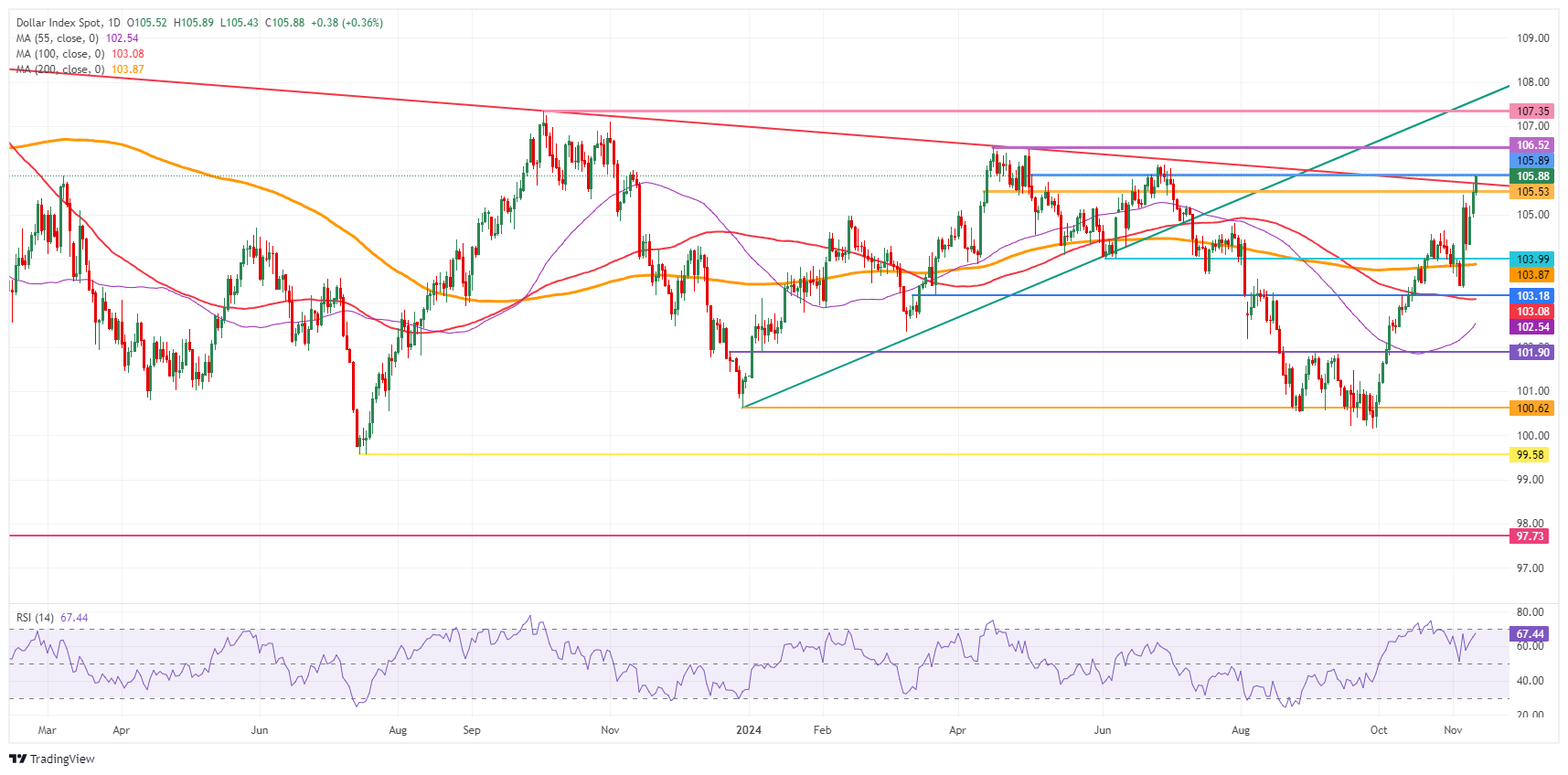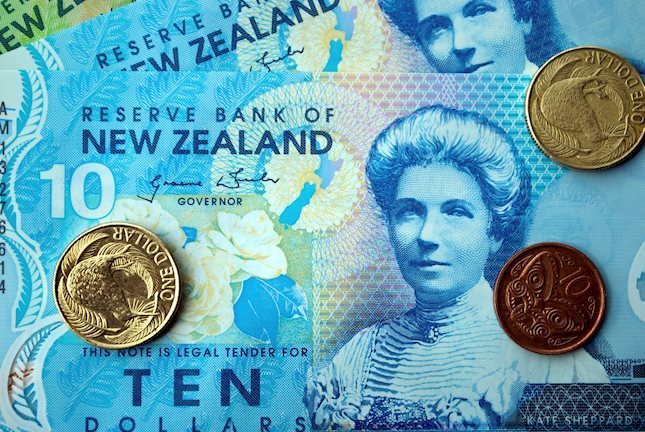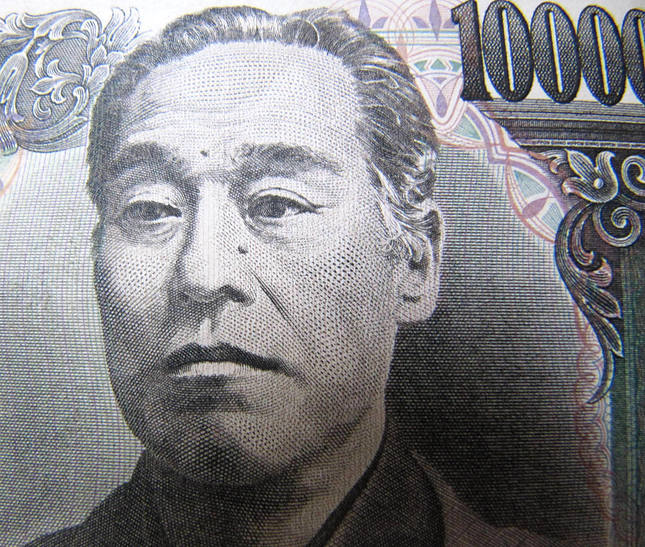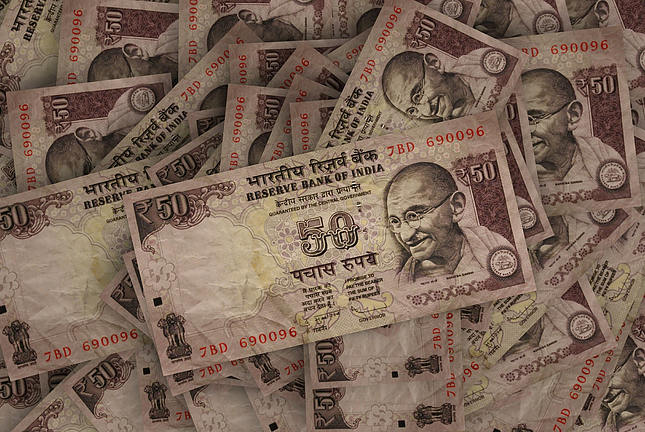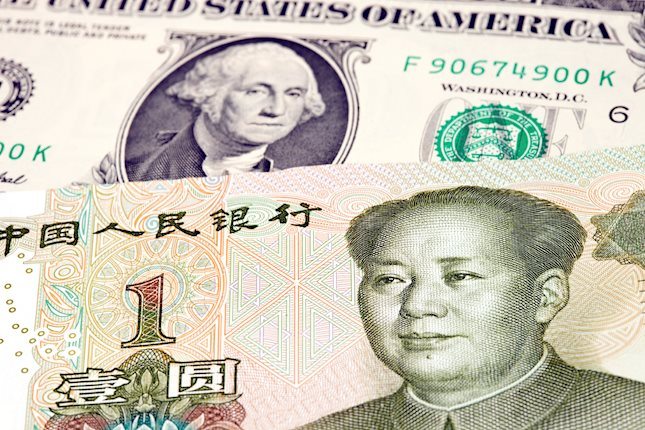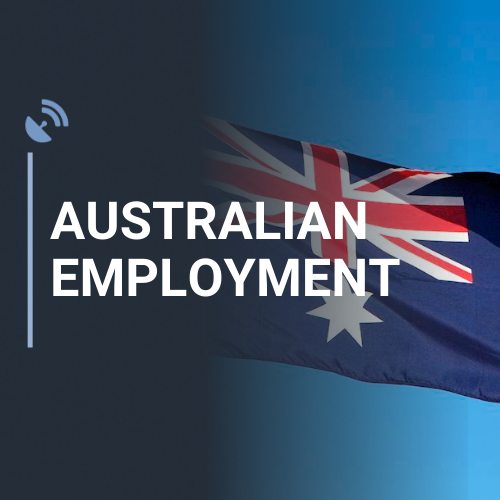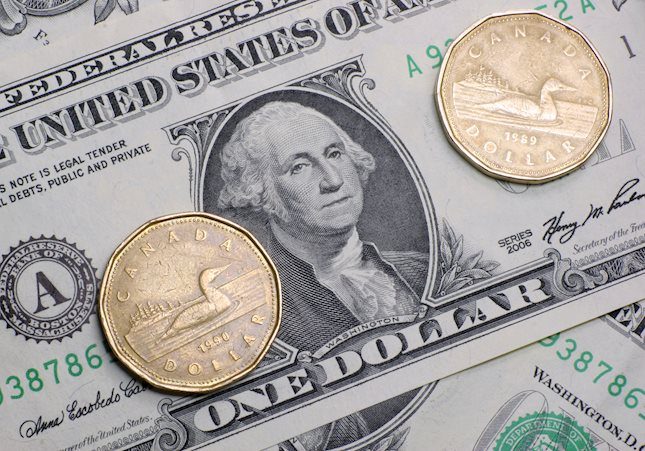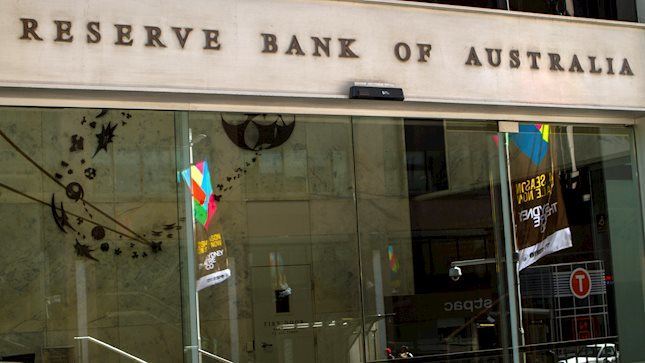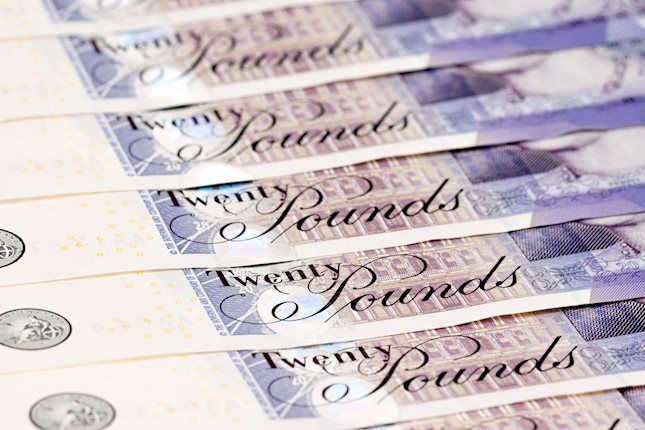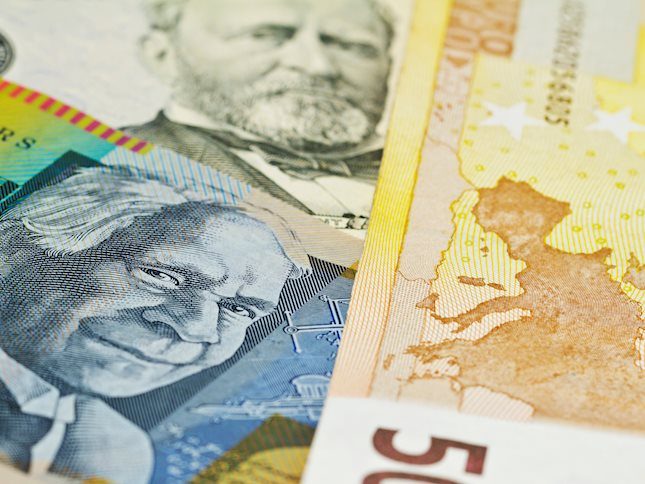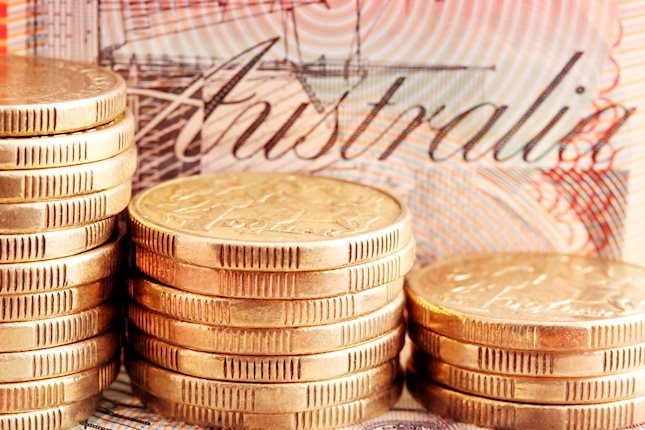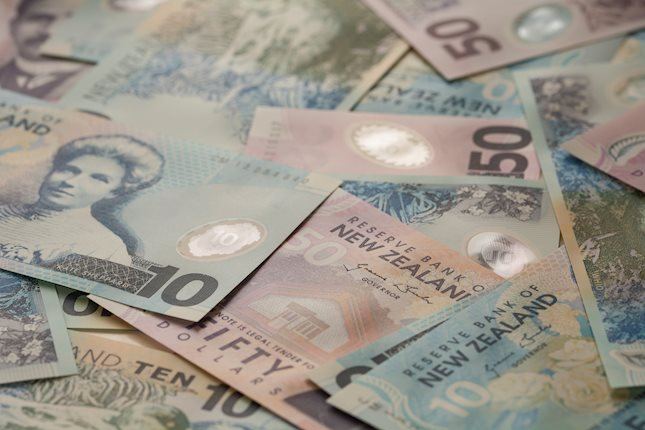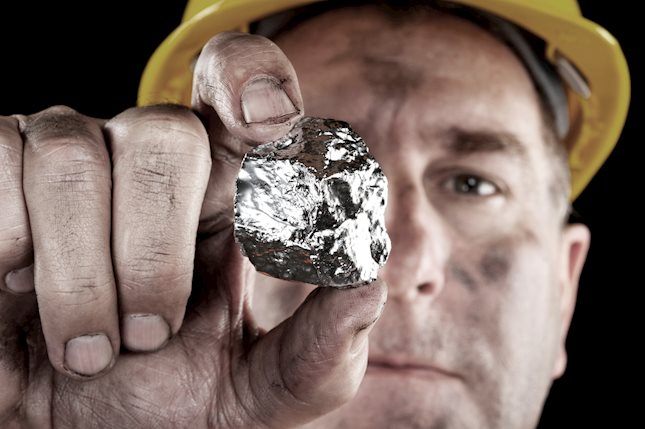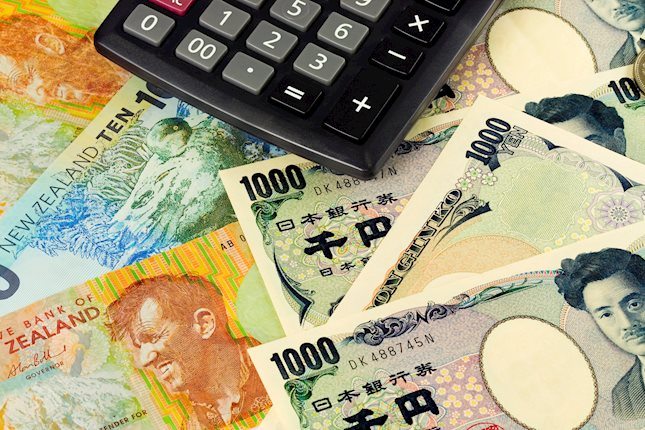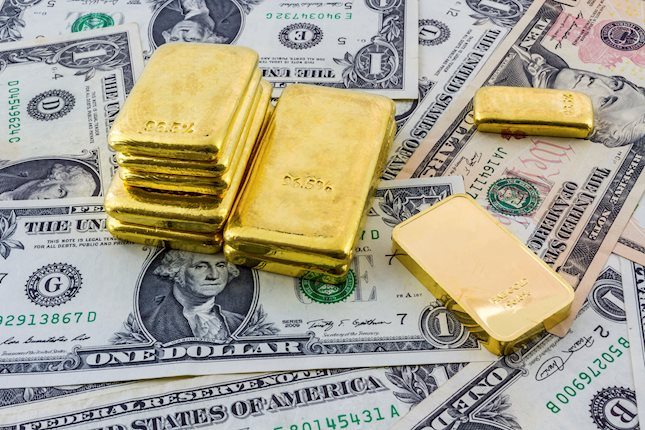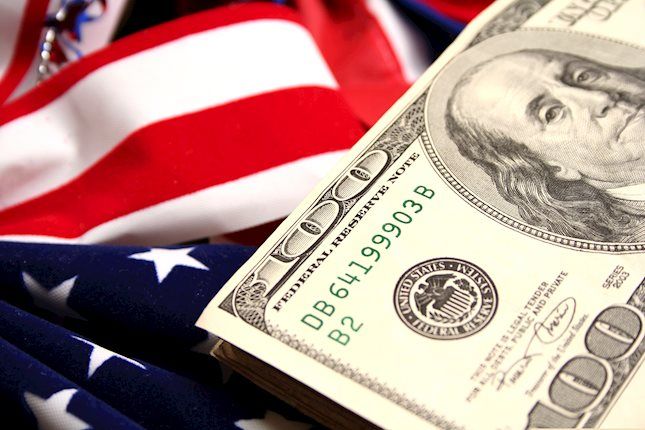US Dollar sees positive tone going into packed Fed speakers schedule
- The US Dollar rally from the European session is not seeing firm follow-through ahead of the US session.
- The Trump trade is driving the Greenback higher while a goldilocks scenario comes in play.
- The US Dollar index slices through a difficult level of resistances.
The US Dollar (USD) is ticking higher and sees near 0.3% gains in the US Dollar Index ahead of the US trading session on Tuesday. The Greenback is crushing markets, steamrolling across the quote board against other major currencies. A goldilocks momentum is taking place with the US Federal Reserve (Fed) sticking to its interest-rate cutting cycle, while the rollout plan from President-elect Donald Trump is favouring equities due to prospects of stimulus and tax reduction packages once Trump takes office.
The US economic calendar is rather empty this Tuesday in terms of data, with the numbers from the National Federation of Independent Business (NFIB). Markets will rather focus on the batch of Fed speakers who will be speaking this Tuesday. After Fed Chairman Jerome Powell vowed that the Fed will remain data-dependent, a continuation of the rate-cutting cycle could fuel the current Trump trade rally in equities and the US Dollar even more.
Daily digest market movers: More rate cuts together with Trump trade
- The National Federation of Independent Business (NFIB) Optimism index, which gauges sentiment among US small and medium-sized firms, came in at 93.7 in October, up from 91.5 a month earlier and beating market expectations.
- Four Fed speakers are set to release comments to the markets:
- At 15:00 GMT, Federal Reserve Governor Christopher Waller delivers a keynote speech at the Clearing House Annual Conference in New York.
- Around 15:15 GMT, Federal Reserve Bank of Richmond Thomas Barkin delivers a speech and participates in a moderated Q&A session at the Together Summit in Baltimore.
- At 19:00 GMT, Federal Reserve Bank of Minneapolis President Neel Kashkari participates in a moderated conversation on "The Fed's New Focus" at the Yahoo Finance Invest event in New York.
- Finishing off this Tuesday at 22:00 GMT, Federal Reserve Bank of Philadelphia Patrick Harker delivers a speech about Fintech, AI & the Changing Financial Landscape at the Carnegie Mellon University Lecture Series.
- Not a good day of equities with European equities hitting more than 1% losses while US equities are looking for direction after the US Opening Bell.
- The CME FedWatch Tool is pricing in another 25 basis points (bps) rate cut by the Fed at the December 18 meeting by 68.8%. A smaller 31.2% chance is for rates to remain unchanged. While the rate-cut scenario is the most probable, traders have pare back some of the rate-cut bets compared with a week ago.
- The US 10-year benchmark rate trades at 4.37%, up sharply after the bank holiday on Monday.
US Dollar Index Technical Analysis: Time to stall?
The US Dollar Index (DXY) is being fueled by the Trump trade, which is steamrolling through markets for a second day in a row. There is even a Goldilocks scenario on the table where the Fed is still cutting while markets are cheering ahead of President-elect Donald Trump taking office. A small caveat here might be that markets will have priced in everything too quickly before President-elect Trump is able to issue any measure at all.
This Tuesday, the rather heavy 105.89 (May 2 high) is being tested as resistance. Once that level is broken, 106.52, the high of April and a double top, will be the last level standing before starting to talk about 107.00.
On the downside, the round level of 104.00 and the 200-day Simple Moving Average (SMA) at 103.87 should refrain from sending the DXY any lower. Before that level, there is not much in the way with maybe some slim support at 104.63 (high of October 30).
US Dollar Index: Daily Chart
Central banks FAQs
Central Banks have a key mandate which is making sure that there is price stability in a country or region. Economies are constantly facing inflation or deflation when prices for certain goods and services are fluctuating. Constant rising prices for the same goods means inflation, constant lowered prices for the same goods means deflation. It is the task of the central bank to keep the demand in line by tweaking its policy rate. For the biggest central banks like the US Federal Reserve (Fed), the European Central Bank (ECB) or the Bank of England (BoE), the mandate is to keep inflation close to 2%.
A central bank has one important tool at its disposal to get inflation higher or lower, and that is by tweaking its benchmark policy rate, commonly known as interest rate. On pre-communicated moments, the central bank will issue a statement with its policy rate and provide additional reasoning on why it is either remaining or changing (cutting or hiking) it. Local banks will adjust their savings and lending rates accordingly, which in turn will make it either harder or easier for people to earn on their savings or for companies to take out loans and make investments in their businesses. When the central bank hikes interest rates substantially, this is called monetary tightening. When it is cutting its benchmark rate, it is called monetary easing.
A central bank is often politically independent. Members of the central bank policy board are passing through a series of panels and hearings before being appointed to a policy board seat. Each member in that board often has a certain conviction on how the central bank should control inflation and the subsequent monetary policy. Members that want a very loose monetary policy, with low rates and cheap lending, to boost the economy substantially while being content to see inflation slightly above 2%, are called ‘doves’. Members that rather want to see higher rates to reward savings and want to keep a lit on inflation at all time are called ‘hawks’ and will not rest until inflation is at or just below 2%.
Normally, there is a chairman or president who leads each meeting, needs to create a consensus between the hawks or doves and has his or her final say when it would come down to a vote split to avoid a 50-50 tie on whether the current policy should be adjusted. The chairman will deliver speeches which often can be followed live, where the current monetary stance and outlook is being communicated. A central bank will try to push forward its monetary policy without triggering violent swings in rates, equities, or its currency. All members of the central bank will channel their stance toward the markets in advance of a policy meeting event. A few days before a policy meeting takes place until the new policy has been communicated, members are forbidden to talk publicly. This is called the blackout period.
Forex News
Keep up with the financial markets, know what's happening and what is affecting the markets with our latest market updates. Analyze market movers, trends and build your trading strategies accordingly.

